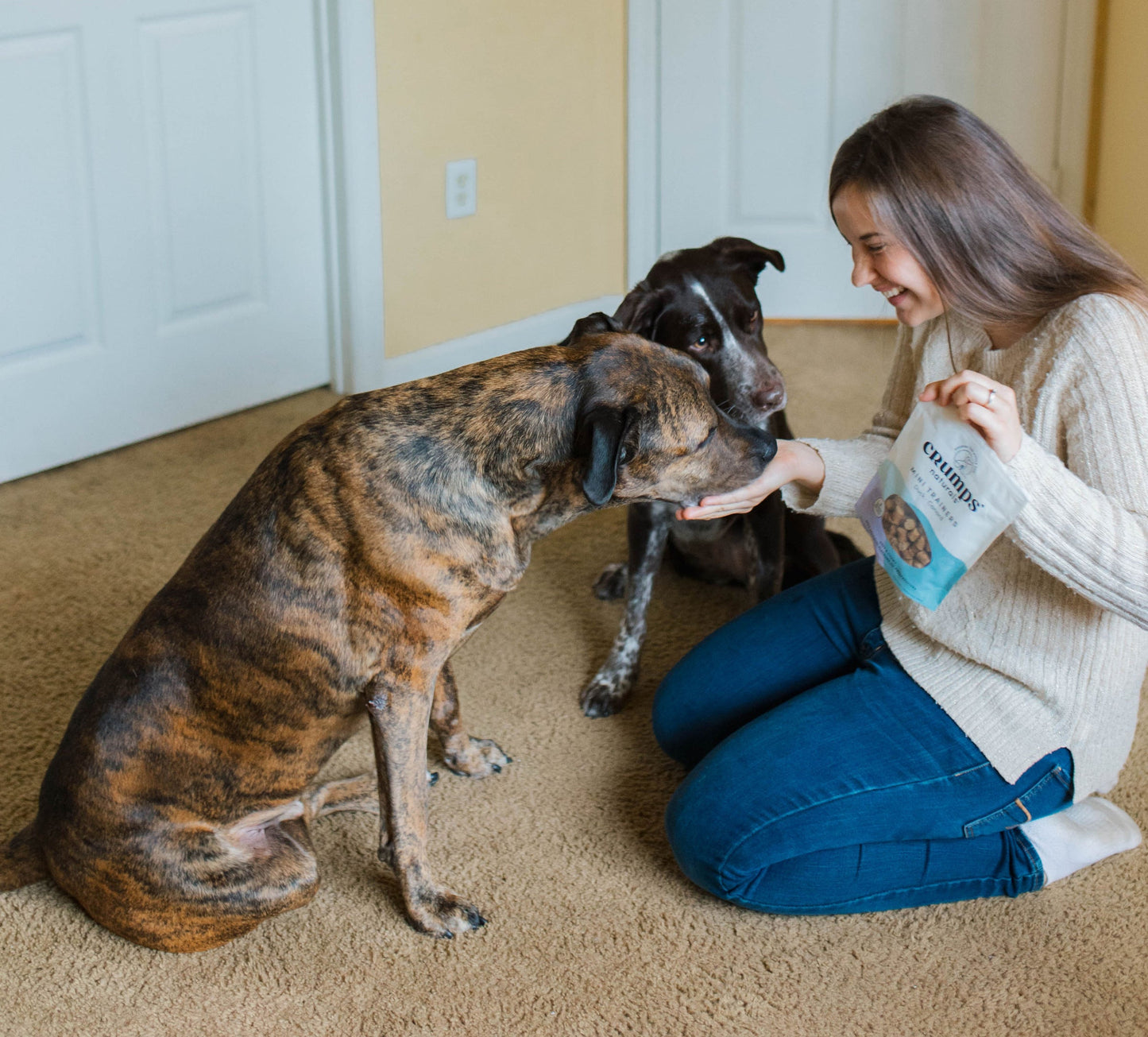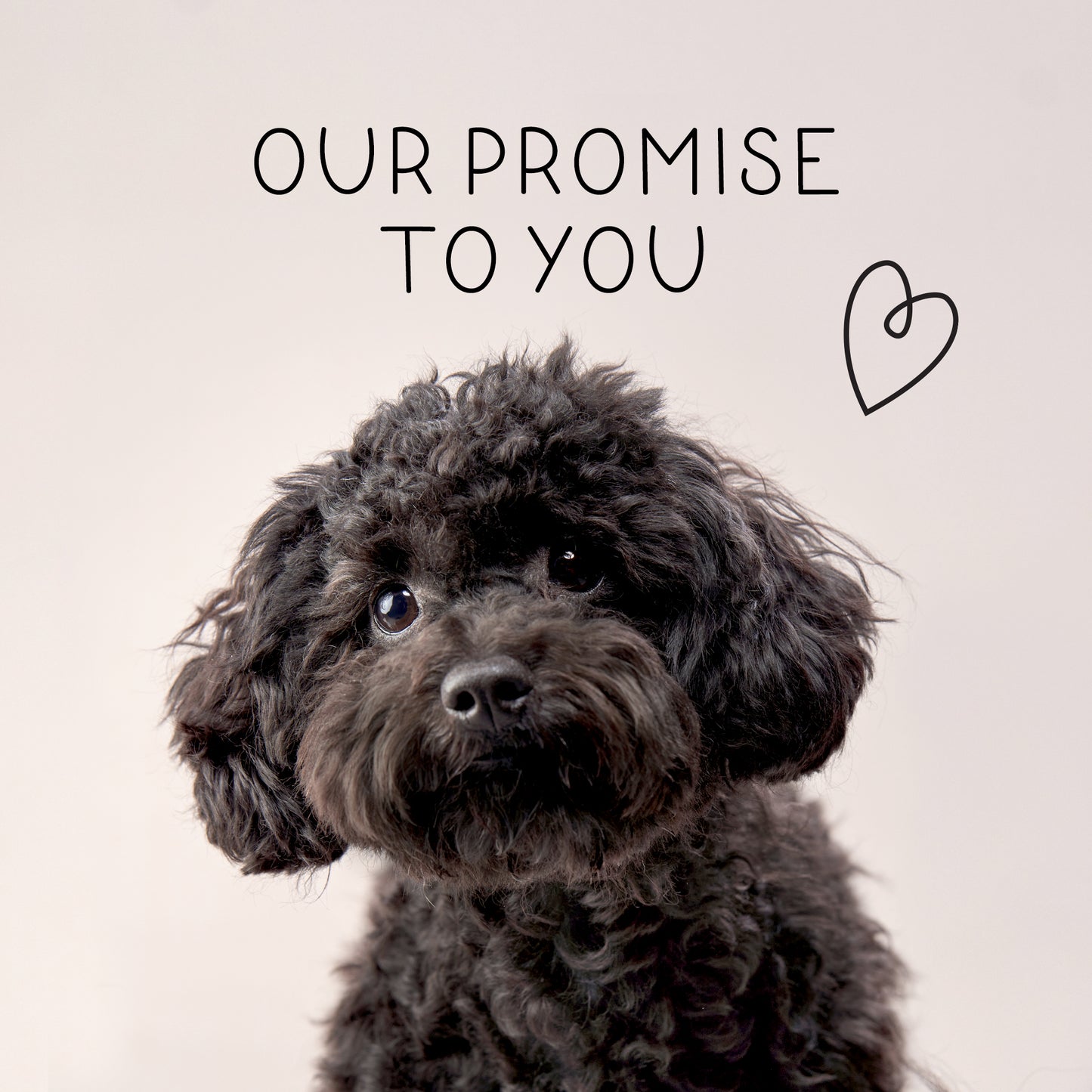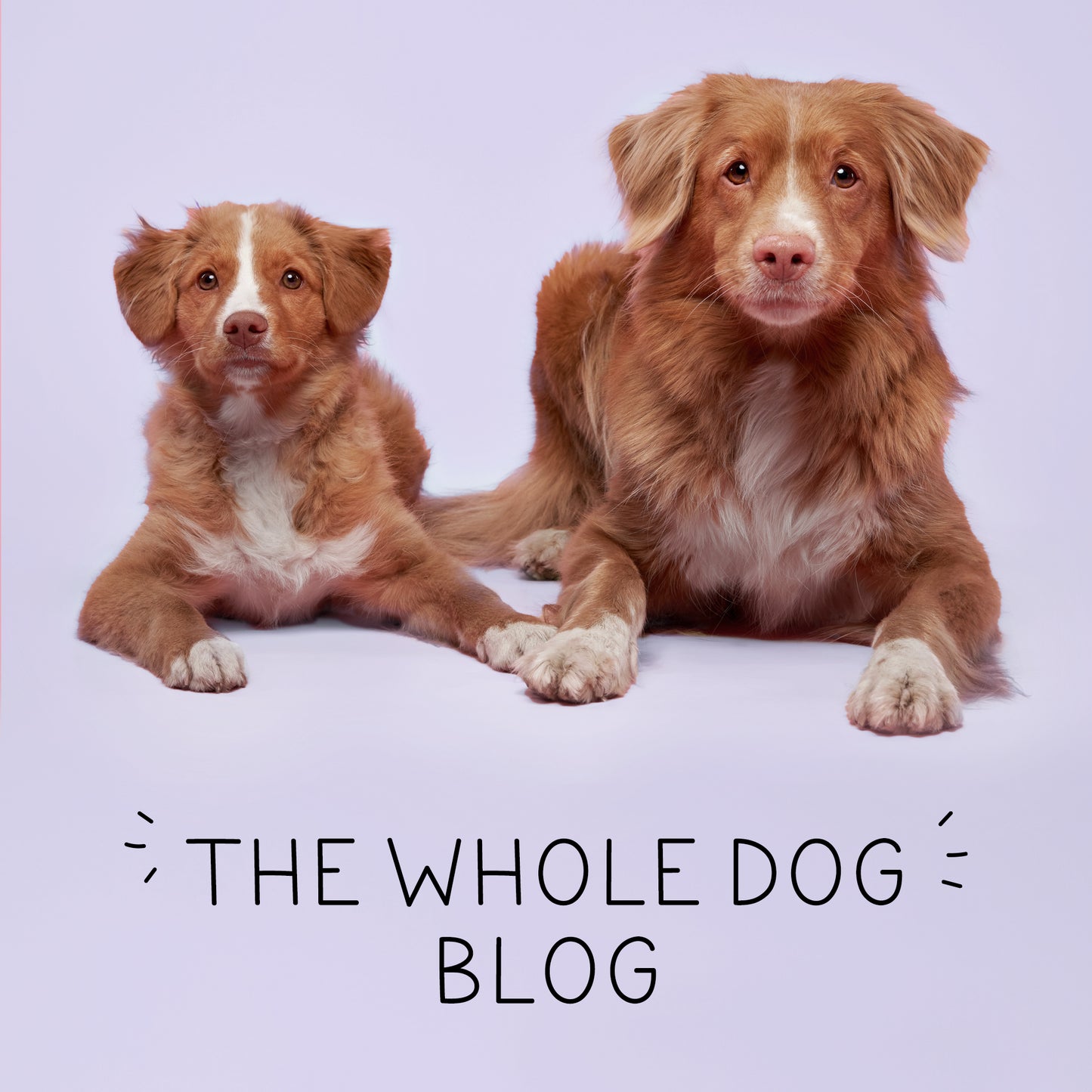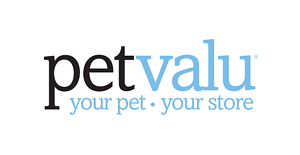
Fact or myth: dog training only needs to be done when they're a puppy and things stay with them forever. If you answered myth, you're correct! There's this big misconception that if you teach your puppy the basics when they're little, you will never have to work on training again and that couldn't be farther from the truth!
Throughout your dog's life, they will enter many different stages that require different levels of attention and training to match their needs. In this post, we're going over the different training you need for the different stages in your dogs life and how tailoring your approach can not only make your dog happier, but also build a stronger bond and connection with your dog.
PUPPY (0-6 MONTHS)
It is true that the best time to train a dog is when they're a puppy. Similar to people, you teach your babies and kids things when they're younger because they're open to learning new things and they're excited, which, as long as you always make training a positive experience, that light will never go away.
During puppyhood, you will be working on the basics that can evolve into more complex training opportunities and/or jobs, depending on what your puppy is born to do! Before we share what those basics are, there's something you have to do before training any puppy: build a bond! You have to create a positive relationship with your dog before beginning any exercises (this applies to ALL ages). By doing this, your puppy will be more excited to learn because they will associate training as spending more time with who they love the most.
Some of the foundations that you will work with your puppy on are:
Socialization
This isn't limited to just meeting other people or dogs. Socialization is also getting them used to different things around them including loud noises from the kitchen or even an ambulance going by in traffic. The main purpose of doing this is to teach them that they're safe with you when these things happen and that there's nothing to be afraid of.
Basic Commands
While you're working on socialization, you can begin working on your basic commands including "sit" and "down". From there you will start to add on more like "stay" and "come". When training a puppy, since they're still growing (physically and mentally), it's best to limit training sessions to 5-10 minutes max and to always end on a positive, no matter what. This prevents overworking them and turning training into an experience they don't want to do.
ADOLESCENT (6 MONTHS - 1 YEAR)
Now we're at the next stage, which is six months to one year, the time most commonly referred to as the "Adolescent Stage" or what most people say, the "terrible two's". Yes, dogs have them too. During this period, your puppy is going through a lot of changes. They could be finishing their teething stages, they might be experiencing hormone changes (if they're not spayed or neutered), and just like any teenager, they're exploring their boundaries with their parents to see what they can and can't get away with.
When your puppy enters this stage, the best thing to do is to stick with your training and constantly reinforce what you've worked on. Create a routine for them (like you did with your puppy potty training schedule) to help them maintain consistency in their life while other factors outside of their control are changing.
In addition to this, ensuring that they have plenty of mental and physical stimulation outside of training such as dog enrichment activities, play time and continued socialization, will set your dog up for success and make the terrible twos be a thing of the past!
ADULT (2-6 YEARS)
Most dogs are fully developed between ages one to three years old (depending on the breed), which means they can now explore additional activities (ones that may have been limited to age, such as certain dog sports for instance), add on to their training and continue their education as a whole!
While the puppy stage is always fun and filled with so much excitement, this stage can be the most exciting because you are able to see everything you've worked so hard on, finally come together.
During this stage, depending on the breed and/or job of your dog (if they have one), it's good to spend 10 minutes a day reinforcing the basics as it's fun for both of you and keeps your dog sharp. But once you've mastered the basics, you can build on what they know and try new activities together based on their interests and passions that you've learned from your bond.
For instance, if you have a high energy dog that loves to run, maybe look into some dog agility lessons as a great activity for you to bond over or find some trails to run together. Or, maybe you have a dog that is a star in their obedience and loves showing off their new skills. You might want to look into doing a Rally class together and show just how great your partnership is!
Now, we know that not everyone gets a dog as a puppy and that many rescue and adopt older dogs, which is fantastic! If you're wondering, well, what do I do then since I didn't get a puppy? Your steps are actually quite similar! First things first, you're going to want to establish a bond with them so that they know they can trust you. From there, start working on the basics, but have more patience as they learn. Older dogs can come with preexisting habits or even fears that could make certain training areas hard for them (at first!). Always keep the experience positive, reward when they do what you're asking, and you'll begin to see progress together!
SENIOR (7+, DEPENDING ON BREED)
Fact or myth: you can't teach an old dog new tricks? If you answered myth, you're right again! Just like people, dogs need continuous mental stimulation and physical exercise to keep them going as they get older. While they might not be able to continue at the same level they did when they were say three years old, they can still do a lot (of course depending on any health concerns).
As your dog gets older, it's not only great to keep the structure and routine for them, but it's also great to keep adding in new things for them to learn! In many training classes, you will see tons of senior dogs in addition to puppies. Plus, there are many fun classes you can add in like a K9 fitness class to keep them strong and healthy or a dog trick class where your dog can learn super cool tricks and even get their own trick dog title (P.S. some of the tricks in the first trick title are basic obedience that they've already mastered! How cool is that?).
Just because your dog has gotten older, doesn't mean they want to slow down at all! Keep things exciting for them and keep them moving to help them stay sharp, excited, and fit.
Check out our Mini Trainers Collection!















